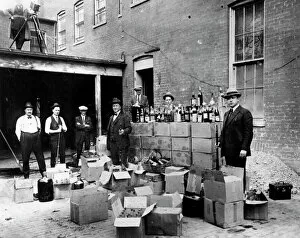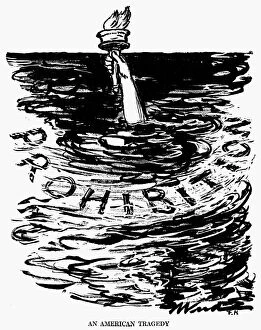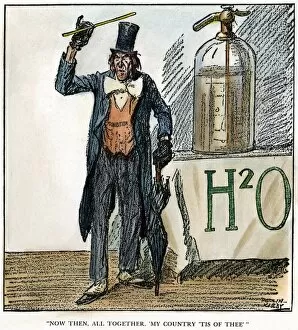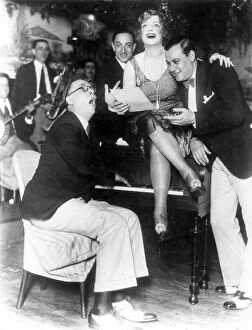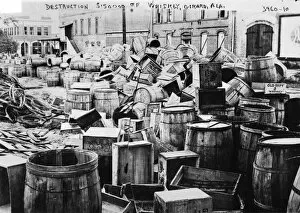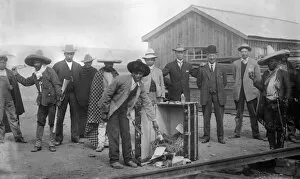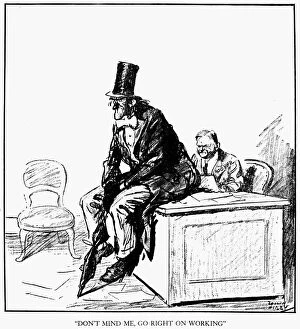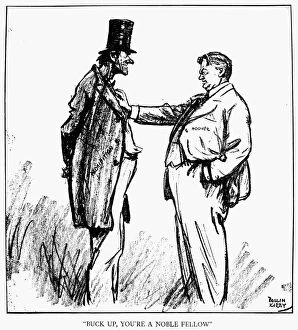18th Amendment Collection
The 18th Amendment, also known as Prohibition, was a significant event in American history
For sale as Licensed Images
Choose your image, Select your licence and Download the media
The 18th Amendment, also known as Prohibition, was a significant event in American history. In 1922, revenue agents were captured with confiscated bootleg liquor in Washington D. C. , highlighting the enforcement of this controversial law. A black and white photo from 1932 depicts a man and woman standing proudly with a sign supporting the U. S. Constitution's 18th Amendment in Washington D. C. , showcasing the public sentiment at that time. However, not everyone supported Prohibition. In another photograph from 1931, a woman holds up a poster demanding to "Abolish Prohibition. " This image represents the growing opposition to the ban on alcohol during this era. The Women's Organization for National Prohibition Reform is seen in yet another black and white photo from 1932 advocating against prohibition laws. Cartoons played an influential role in shaping public opinion regarding Prohibition. An American magazine cartoon from the 1920s humorously portrays people singing together while referencing their country amidst prohibition policies. Another cartoon illustrates how establishment of Prohibition affected society by depicting Old Man Prohibition receiving an unwelcome reception from states without dry laws at that time. Prohibition had unintended consequences as well; it gave rise to illegal activities such as speakeasies operated by figures like Texas Guinan - Queen of Nightclubs - who thrived during this period of banned alcohol sales. In Girard, Alabama during the 1920s, $150, 000 worth of whiskey was destroyed to enforce prohibition laws further illustrating its impact on society and economy. Johnny Torrio, a notorious Chicago gangster photographed in 1925 became emblematic of organized crime flourishing under these circumstances.

